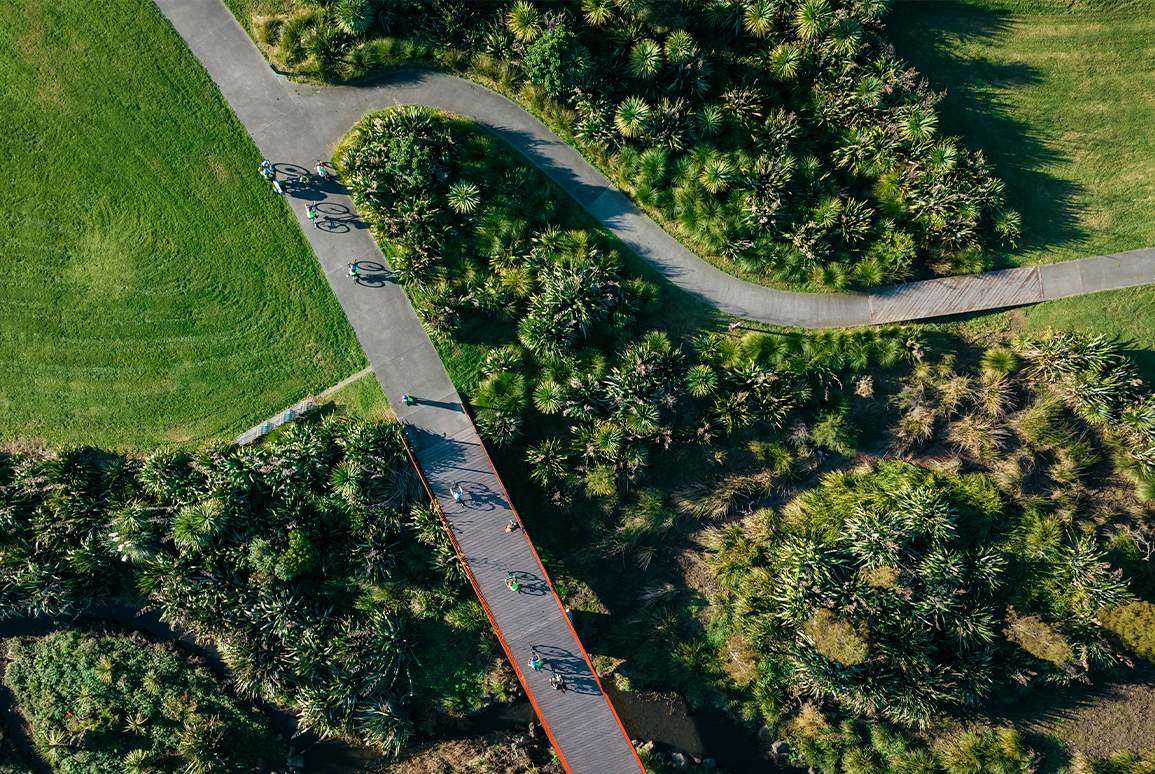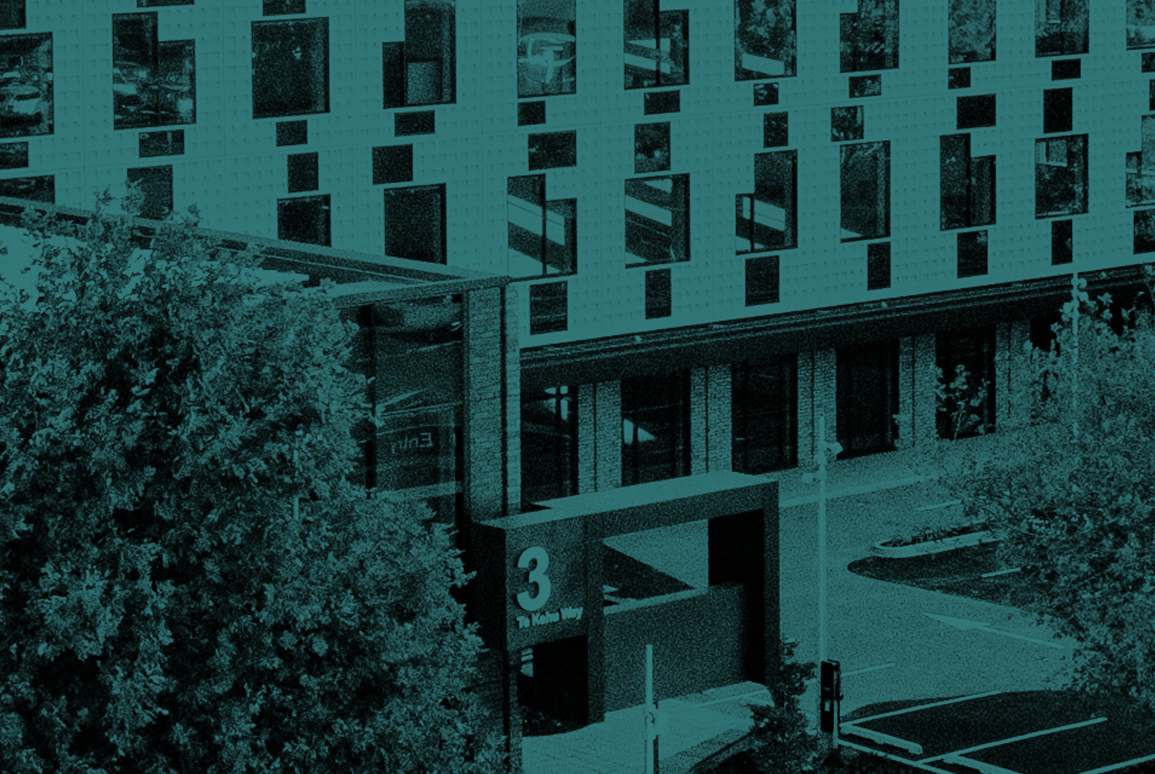Be Bold: Raising the bar for sustainable design
31 July 2025
Landscape Architects have a responsibility to acknowledge and reduce the carbon footprint of the environments we shape.

At Boffa Miskell, sustainability isn't a trend - it’s the blueprint we've followed for over five decades. We have a long history of place-based design that responds appropriately to site conditions and constraints. Our expertise spans various environmental disciplines, including landscape architecture, planning, ecology, and biosecurity.
As the urgency of the climate crisis deepens, our commitment to understanding Boffa Miskell's role in responding has too. Internally, through our Toitū Envirocare certification journey, we’re reimagining our operations to prioritise low-carbon practices and accelerate change. Externally, our Climate Change team is driving innovation, integrating forward-thinking strategies into the work we do for clients.
It's time to elevate the role of landscape architecture within the broader climate conversation, and to raise the bar for sustainable design.
We have the power to significantly reduce carbon emissions and increase greenhouse gas sequestration through the choices we make during the design process, and a responsibility to acknowledge and reduce the carbon footprint of the environments we shape. However, despite extensive research into landscape sustainability, landscape architecture and urban design have historically been overlooked in carbon accounting practices.
Much of the available information, such as sustainability rating systems and general sustainability guidelines, is not specifically tailored to the needs of landscape architects in Aotearoa New Zealand. Our unique endemic plants and ecosystems have not been extensively studied from a carbon sequestration perspective. Additionally, suppliers, materials, and economic supply chains in Aotearoa New Zealand differ significantly from those in other parts of the world, where design guidelines and calculators have been developed.
To address these gaps, a group of Boffa Miskell landscape architects initiated a two-year research project to develop the Carbon Smart Design Guidelines. These Guidelines integrate international research with Boffa Miskell's extensive multi-sector expertise to establish an ambitious framework that empowers landscape architects to evaluate and reduce carbon impacts across the entire lifecycle of a project; not just focusing on reducing carbon emissions but also emphasising broader sustainable design practices that extend beyond the carbon footprint.
We seek to generate positive and meaningful co-benefits across social, cultural, environmental, and economic aspects, in collaboration with clients, stakeholders, and the local community.
In an industry where planting is our paintbrush, there's a widespread misconception that landscape architecture is inherently sustainable. These Guidelines cut through greenwashing and misperceptions to clearly convey how our projects can achieve lower embodied carbon and establish a reliable measure of our success by offering qualitative insights into how landscape architects can and must do better.
We’re calling on our peers, collaborators, and clients to rethink what true sustainability looks like. Let’s embrace transparency, push for accountability, and embed carbon-smart thinking at the heart of every landscape we shape.




